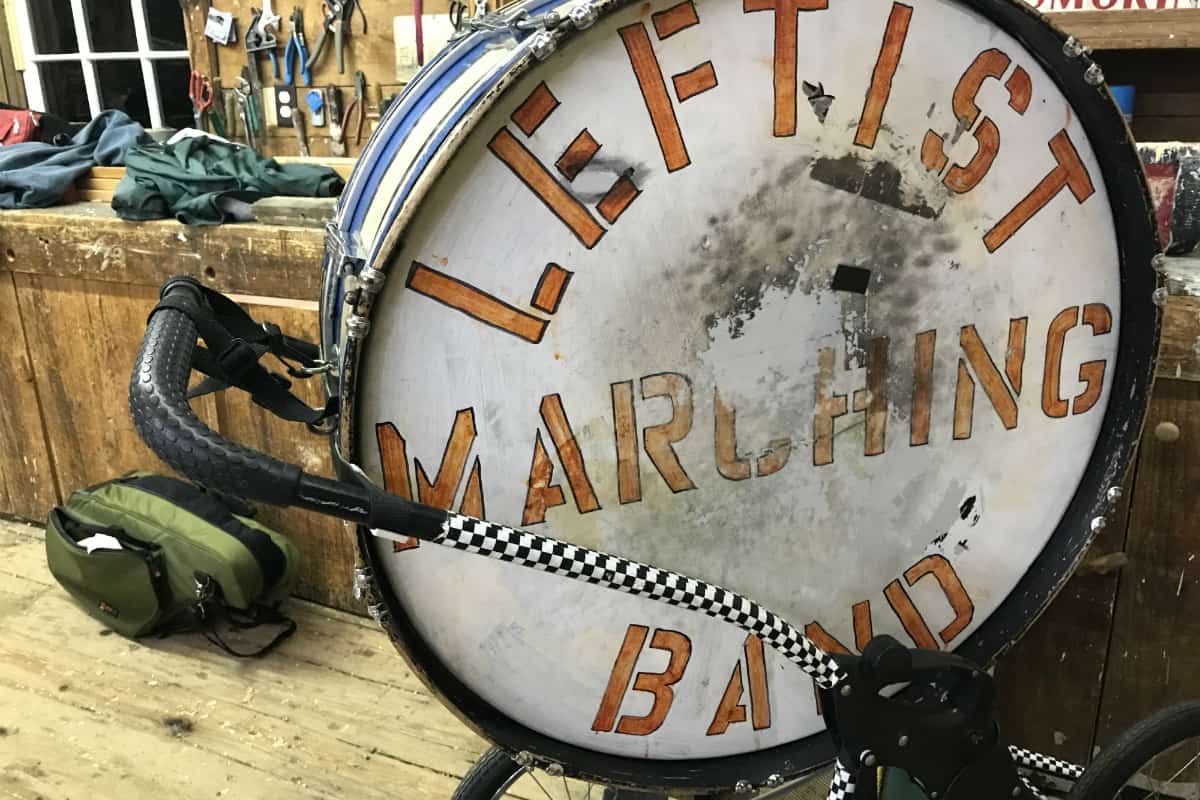One plus one is two, except when it’s 45’s Federal budget proposal to eliminate the NEA and the NEH—for starters.
In a former lifetime in which the person inhabiting the Oval Office had an actual vision based on facts, the arts were recognized as an integral measure of our society. President John F. Kennedy, for instance, said this about the arts: “We must never forget that art is not a form of propaganda. It is a form of truth.”
Truth, of course, has taken a hit since 45 took office. That whole “alternative facts” bit. But numbers, or so the saying goes, don’t lie. So with that in mind, we took a quick look at the potential math implications of 45’s federal budget.
First the overview:
• Number of programs and agencies due for elimination: 62
• Number of programs within the Environmental Protection Agency alone: 50
Other programs due for funding cuts—or outright elimination—focus on everything from literacy to low-income home energy improvements to investigating chemical accidents. The enormous breadth and scope of impact on those least able to manage without these programs is breathtaking.
But since we’re an arts and culture magazine, we’re going to focus our hyperventilation on the potential impact of these devastating cuts to art and culture in New England. The proposed budget calls for eliminating all funding for the National Endowment for the Arts ($152 million) and the National Endowment for the Humanities ($155 million).
What NEA funding means to New England:
For fiscal year 2017, New England states received $2.591 million in NEA grants overall, according to the NEA website. Here’s who got what:
• Connecticut: 15 organizations, $310,000
• Massachusetts: 62 organizations, $1,672,000
• Maine: 11 organizations, $242,000
• New Hampshire: 6 organizations, $120,000
• Rhode Island: 9 organizations, $152,500
• Vermont: 4 organizations, $95,000
But the math adds up even less when you look beyond straight grants. Ann Wicks, communications manager for the New England Foundation on the Arts (NEFA)—one of six regional arts organizations funded by the NEA and private donations—explains. Arts organizations can potentially receive NEA dollars in three ways:
• an outright allocation of a grant the organization applies for itself
• an allocation from NEFA through NEA dollars provided to NEFA
• from NEA dollars given to state arts organizations, such as the Massachusetts Cultural Council
Wicks says about 15 percent of NEFA’s annual budget comes from NEA dollars. Beyond grants, NEFA uses those dollars to support artists in other, less direct ways, Wicks says. The Creative Ground Directory, for instance, is a free resource that lists artists and other creators around New England so that it’s easier to find appropriate collaborators for projects. In FY2016, NEFA made a total of 462 grants equaling $3.4 million. New England states received $829,947 of those NEFA grants.
In other words, the loss of funding to New England arts and humanities organizations could be even larger. “NEA support is very important to New England and the creative sector,” she says.
It’s a point that is echoed nationally. The National Assembly of State Arts Agencies (NASAA), a national nonprofit that assists state arts agencies, offers this math about how NEA dollars improve the economy at large:
• The arts return $22.3 billion in tax revenue to federal, state, county, and municipal governments.
• Rural areas, low-income communities, and schools would feel the effects of this funding loss disproportionately from reductions. State arts agencies (using state and federal funds) award more than 25% of their grants to rural areas, 54% to low-income communities, and 45% to arts education projects.
• Every NEA dollar leverages more than $9 in matching funds, meaning that the impact of the NEA loss is just the beginning of the potential financial loss for arts organizations.
Cutting the NEA and NEH seem especially confusing given this math offered by NASAA: The NEA receives 0.004% of the total Federal budget, which is less than ½ of one hundredth of a percent.
That math also doesn’t add up when you consider the numbers presented by The Guardian. The British paper reports the following expenses incurred by taxpayers less than 50 days into 45’s residency:
• $56.6 million (or a cool $500,000 a day) to protect Trump Tower. That was through March 1. Assuming that Mrs. 45 stays until June for Mini-45 to finish school, that dollar amount could add another $46 million, bringing the total to $102 million.
• $3+million estimated cost for EACH weekend jaunt to golf work at his Mar-a-Lago Resort (a place where he doubled entry fees from $100,000 to $200,000 the day after he was elected).
• $97,380 for hotels for Secret Service to protect Eric Trump (that would be his son on those business interests 45 still hasn’t divested himself of) while he visited a condominium development in Uruguay. This is just one trip.
And finally this statistic: 45’s proposed military spending increase in his federal budget? $54 billion.
Something definitely doesn’t add up.
Does this irritate you as much as it does us? Here are a few links if you want to #TakeAction. See you on the streets.










